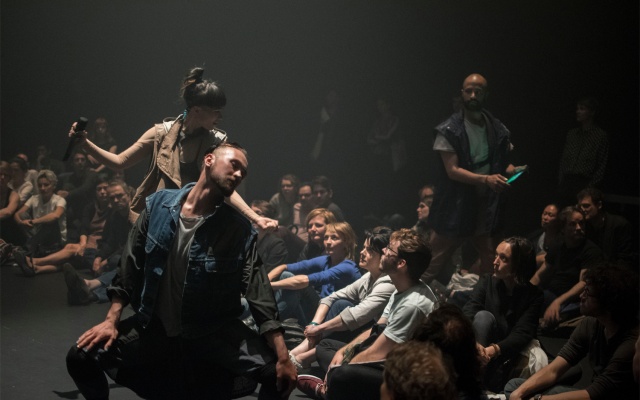0.
The 6th of July 1962 is undoubtedly one of the defining dates that mark the multiple beginnings of contemporary dance: that evening “A Concert of Dance” was presented in the Judson Memorial Church, located in New York’s Greenwich Village. The event consisted of twenty-three dances by fourteen choreographers, several of whom had studied – and sometimes danced – with Merce Cunningham. Since the initiators experienced “A Concert of Dance” as a genuine success, they decided to continue organizing weekly workshops at the Judson Church and regular public showings in which the outcomes of their joint undertakings, as well as individual dance works, would be presented. The last numbered concert, “Concert of Dance # 16,” took place on the 29th of April 1964 and marked the official end of the legendary Judson Dance Theater. However, its core members kept collaborating and sharing ideas in the years to follow. It has therefore become common to speak of the Judson Dance movement, or just Judson. Yvonne Rainer, Steve Paxton, Trisha Brown, Deborah Hay, and Lucinda Childs are probably its best-known individual representatives, because they all made distinguished careers within contemporary dance (and in the case of Rainer also within experimental film). The original impetus of Judson was, however, strongly cooperative and interdisciplinary, witness the participation of musicians Robert Dunn and Philip Corner or visual artists Robert Rauschenberg (also a regular collaborator as set designer in Cunningham’s performances) and Robert Morris (one of the defining voices in the first wave of American Minimalism).
Partly because of its interdisciplinary character and the participation of visual artists, Judson functioned as an artistic laboratory exploring with long-lasting effects the intersections of the visual arts and the performing arts. Some of Judson’s historical accomplishments may be regarded as “catch up movements” through which dance and choreography rehearsed with a significant delay - and simultaneously with territorial detours implying socio-historical shifts - some of the basic gestures defining the historical avant-garde in the fine arts. However, Judson not just re-performed within the realm of the performing arts the proverbial lessons of Futurism, Dadaism, Surrealism or Constructivism. Particularly Judson’s preferred mode of performativity is directly connected in a generic way to the one characterizing the visual arts.
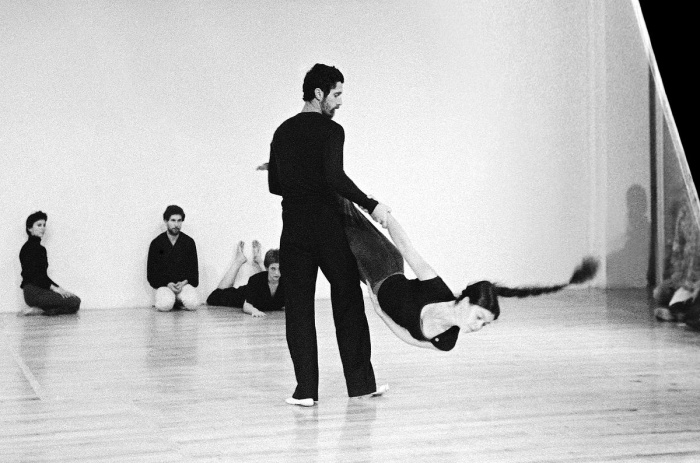
Steve Paxton i Nancy Stark Smith, Contact Improvisation (1980). Zdjęcie (c) Stephen Petegorsky. Źródło: wikicommons
1.
Seen from an abstract point of view, dance takes up the unity of the difference between movement and non-movement as a specific artistic medium. This artistic genre thus involves a difficult to imagine capacity comprising all possible actions and non-actions. Yet every dance work presupposes a dance culture specifying and thus limiting this all too vast potentiality. In this way, a dance culture delineates and codifies within the medium of dance, usually with the help of distinctive body techniques, a specific realm of the danceable that is sharply distinguished from what it regards as non-dance. The contingent distinction between the danceable and the non-danceable, legitimate and illegitimate movements, defines a dance culture’s imperative structuring of the medium of dance, its production of an effectively existing potential for dance as well as choreography out of the generic human potential to move and to not-move. A dance culture thus reframes this general medium into a socio-cultural one through technical and aesthetic conventions that actively shape movement possibilities. As far as the human body is concerned, it usually differentiates between dance movements and movement-in-general by stressing skilled action, often resulting in a cult of virtuosity, and the ability to produce detailed meanings in an articulate way. Choreography further elaborates this distinction by patterning legitimate movements, thus embedding them within the self-defined context of a work of dance. The danceable thereby acts as a normatively binding symbolic order that incorporates one or more body ideals existing within the surrounding culture, together with their allowances and constraints, their do’s and don’ts.
Judson thoroughly redefined the danceable and went beyond Merce Cunningham’s earlier undoing of the expressionist tenor of modern dance by means of a series of critical moves that can all be found in a nutshell in Proxy, the twenty-three-minute trio that Steve Paxton presented at the first edition of “Concert of Dance.” The performance included moments of walking and sitting, eating a pear, and drinking a glass of water. These are everyday actions that the then-dominant definitions of the danceable – which continue to inform the expectations of the average dance public – rejected as being non-dance. To quote such common movements or doings and to enact them in a factual mode would become a recurrent motif in the work of the dance makers associated with Judson.
The blurring of the difference between art and non-art, or crossing the border that seals off the sanctuary of ‘high culture’ from the realm of the ordinary, was already a defining feature of the historical avant-garde. Yet whereas Futurism, Dadaism or Surrealism associated this erasing gesture with the impulse to organize an entirely new life praxis from a basis in art, this utopian drive is rather absent in Judson and similar neo-avant-garde tendencies that emerged during the 1960s, such as Fluxus and the Happenings-movement initiated by George Brecht and Allan Kaprow. Works such as Proxy do not hint at a future liberation of daily life but primarily direct the spectator’s attention to the particularities of pedestrian movement, or to the complexity of simple movements that the photographer Eadweard Muybridge had already brought to the fore in the famous picture series he made towards the end of the nineteenth century.
Besides ordinary actions, Proxy contained movement poses that were imitations of cartoon images and of photographs of people engaged in sports. They were not ordinary but shared with the enactment of daily doings, the quality of being de-contextualized quotes, or found movements. This readymade aesthetic of movement appropriation also reiterated a strategy that was originally devised within the historical avant-garde (it was the Dadaist Marcel Duchamp who codified the practice of the readymade). However, Judson’s re-use once again involved a twofold displacement. Indeed, it signalled a moving away from the utopian and “anarchistic” impulses of Futurism, Dadaism or Surrealism, and towards what later came to be known as institutional critique, or the critical deconstruction of the basic parameters that make up the institution of dance, for instance (such as the distinction between dance and non-dance or the prevailing definition of spectatorship).
Judson, as well, vastly reframed the notion of the work of dance and, by implication, of choreography. Thus, Proxy was clearly a juxtaposition of sections and of actions or poses. The consequent use of chance in putting together parts of the work even resulted in the kind of awkwardness that was already present in the work of Merce Cunningham. Judson radicalized this approach through the incorporation of found movement, which not only broadened the pallet of possible material but, in combination with chance-based composition, also enhanced the fragmented character of the choreography. Judson thus reinforced the trend established by Cunningham in the direction of the open dance work assembling heterogeneous movements and non-movements through a non-harmonious compositional plane of consistency, one that is no longer a structured totality but rather looks like a scattered collage or montage, a non-totalizing formation of all kinds of movements and non-movements thoroughly re-articulating the notions of “composing and choreographing.” Indeed, like every “concert of dance” the prototypical Judson work foreshadowing the ideal-typical instance of contemporary dance greatly resembles within the realm of movement and non-movement an art exhibition.
2.
The most fundamental link between a staged performance, whatever its exact nature, and social life outside the theatre probably lies within the reflexive loop between doing and being watched that defines theatricality. Indeed, the theatre dispositive first and foremost isolates, exposes and magnifies a more general human mode of behaving in the co-presence of others. One observes that one is being observed or finds oneself in a situation in which this is an ever-present possibility; and one reflexively takes into account this being (potentially) watched in the way one acts. Movements, attitudes or words are no longer just made or uttered, let alone spontaneously enacted, but are consciously stylized in view of certain desired effects such as a credible self-image or looking normal and inaccessible (a common pose in public urban life). One’s outward form and eventually also one’s speech, thus acquires a composed and fabricated character that may be more or less observable, depending on whether the actor behaves inept or convincingly. In sum, acting in a theatrical mode is reacting reflexively within an audio-visual relationship by incorporating the situation of being observed into one’s actions. The opposite mode, as Denis Diderot has already argued in his analyses of eighteenth-century academic painting and sculpture, is absorption or being so wrapped up in an activity that one negates – or actively “forgets” – the looks of others. This way of behaving may also be simulated in such a plausible manner that the feigned absorption smoothly persuades the viewer. Theatricality and absorption are indeed frequently fused within visual representations, performance, and ordinary life.
Judson widened the notion of the danceable by including quotidian movement in a theatre context, which obliged it to consider theatricality, including the theatrical or feigned (simulated) absorption. In order to stress the ordinariness of the appropriated movements such as walking, sitting or eating a pear, the activities were in fact put on stage in a task-like or objectifying way that resembled their mindless execution in daily life. The theatrical “as if” clause, or the willing suspension of disbelief, was thus given the specific twist already associated by Denis Diderot with the notions of absorption and the fourth wall. Judson performers did not deliberately stage an action for a witnessing audience whose presence is theatrically taken into account, but acted as if the public was absent by simulating being totally absorbed by the tasks at hand. In doing so, Judson dancers primarily exhibited or displayed, rather than staged, mundane actions. This mode of representation indeed had a direct affinity with dominant practices within the fine arts. The stage was treated as an exhibition space in which the appropriated pedestrian movements were neutrally exposed, in order to be looked at in a focused way. The matter-of-fact performing style evidently added to this resemblance with the practice of displaying artefacts known from art galleries or museums.
Judson’s option for the literal staging of ordinary actions also committed itself to a mimetic logic of quotation that signified a clear refusal to rework the cited “objects” according to whatever existing definition of the danceable. The quoted movements were shown “uncooked,” devoid of any pretension to make them more interesting or meaningful than they were in daily life. Indeed, it was with an overt polemical intent that Judson dancer Yvonne Rainer voiced a critical stance toward the idea of dance involving an enhancing or beautifying intervention from the side of the dance maker, in her short 1965 manifesto “‘No’ to Spectacle…”: “No to spectacle/ no to virtuosity/ no to transformations and magic and make-belief/ no to the glamour and transcendency of the star image/ no to involvement of performer or spectator/ no to style/ no to camp/ no to seduction of spectator by the wiles of performer/ no to eccentricity/ no to moving or being moved.”
3.
The inclusive stance of Judson towards everyday actions has since become firmly entrenched within contemporary dance. This resulted in a thorough re-articulation of what Jacques Rancière calls “le partage du sensible,” the partitioning or distribution of the sensible, or the division between seemingly evident facts of perception within the reigning aesthetic regime of dance and that which is thus excluded or banned from sight. The relative institutionalization of the citation of mundane movements is all but a uniform process, following the divergent lines of existing dance cultures. Therefore, walking around the stage is done differently, with various emphases and styles of execution, in a performance of Anne Teresa De Keersmaeker or Jérôme Bel. Notwithstanding the normalization of “the everyday” in theatre dance, it may still amaze spectators to witness trivial pedestrian actions, especially when they are executed in a matter-of-fact mode. Dance critics usually counter this astonishment with the argument that this forced “looking at the overlooked” creates a simultaneously aesthetic and democratic experience in which the viewer starts to unravel the physical complexity of what is commonly considered as banal and therefore not worthy of attention.
The egalitarian spirit that levels down the hierarchic difference between highly skilled and ordinary movement is indeed often linked to an artistic politics of perception that foregrounds within the spectator’s visual field the connections between art and life, the performer’s premeditated physicality, and the corporeality of the average audience member. However, the bewilderment of the “naïve” spectator may indicate a genuine difficulty in finding an appropriate viewpoint when confronted with quotidian movements that are performed in an everyday mode but are nevertheless framed as dance. Looking at factually represented everyday movement in a focused way asks for a detached kind of attention, a curiosity that is not animated by the desire for stunning revelations resembling the objectifying attitude of a scientist carefully studying the micro-movements of bacteria. If spectators can adopt this attitude, which is anything but evident, their attention will primarily go to the materiality of the dancing bodies.
In the process of incorporating ordinary actions, physicality actually became vastly redefined. The widening of the definition of the danceable within Judson indeed encouraged the development of working procedures such as contact improvisation and the performance of movement material both foregrounding the micro-functioning of the body from an at once physical and expressive point of view. Moreover, the body’s presence is highlighted in an explicitly non-spectacular way. The dancer who walks or sits down matter-of-factly is first and foremost performing a degree-zero mode of the “being body” of “being a performer.” The spectator may come to appreciate the exposed physicality, but there is in any case no edifying message to infer from a performance of common movements that primarily tries to re-enact the normalcy of the quoted state of daily life. Like the well-known simple boxes of Minimalism – the artistic movement with which certain Judson members such as Yvonne Rainer felt strong affinities – the performer embodying “being a performer” through a marked ordinariness only offers the spectator diverse actions and non-actions that must be taken at face value. They are what they are, and they demand to be watched for what they are, without an evaluating eye.
Performing everyday movements within a theatre context hints at the existence of a generic corporeality shared by the performer and the spectator alike, and demands of the viewer the readiness to activate one’s ability to watch in a quasi-generic way, even to look “beyond culture” when looking. But is a truly literalist stance actually possible? Are we able to put off at will the spectacles of culture that structure our perception? This is doubtful. The average spectator of a performance cannot fully undo the act of interpretation but only go against the tendency to read movements, or to transform them into a text, an ensemble of signifiers pointing to possible meanings or signifieds. When trying to weaken or halt the play of denotations (such as “this is pedestrian walking”) and particularly connotations (“the performers do not seem to relate to each other”) through the act of distanced looking, one just unfolds another interpretation: “it means nothing or almost nothing.” Negating sense, or trying to do so, is indeed a particular way of making sense.
4.
In July 1964, Lucinda Childs presented her new work Street Dance within the framework of a summer workshop organized by choreographers associated with the Judson Dance Theater. The audience gathered at the fifth-floor loft near Chinatown where the workshop took place. After switching on a tape recorder, Childs left the building via the elevator: the dance maker disappeared. On tape, her voice invited the spectators to move to the loft’s street-side windows and to watch the dance that would be performed across the street by Childs and Tony Holder. Both intermingled with the general street activity, yet now and then they momentarily punctuated their actions by pointing out surrounding details that the viewers were unable to see, such as the lettering of signs or the content of a shop window. These specifics were described by Child’s voice on the tape in the loft, which made linguistically present what was absent in the audience’s visual field. In this way, a threefold series of events unfolded: ordinary street movements, bodily indications, and words that clarified the actual referents of the latter. This went on for about five or six minutes, and then Childs and Holder both returned to the loft.
Street Dance self-reflexively addressed the observation that dance is in the eye of the beholder and only exists thanks to an often, non-reflexive act of categorization and labelling, raising particular expectations. Judson Dance Theater had already widened the notion of the danceable by including ordinary movements within a “concert of dance”; Childs’ work demonstrated that this re-evaluation was reproducible outside the theater and actually depended on a primarily discursive or symbolic operation. Not only could “the ordinary” be transposed into a dance work performed in a theatre context, it was also possible to define pedestrian movement more directly as dance through the delineation of a viewer position (the loft’s windows) and a name (the piece’s title) that generated the expectation “there will be dance.” Insofar as the activities of the two performers blended in with the surrounding street action, there was no genuine work of dance but only pedestrian activity framed as dance and – depending on the viewer’s readiness to accept this identification – watched accordingly. However, why would one be willing to accept the framing of a slice of street life as a dance?
In the same year that Childs created Street Dance, the analytic philosopher Arthur Danto published his by now classic essay “The Artworld” in The Journal of Philosophy. Referring to, among other works, Andy Warhol’s Brillo Box, a staple of silkscreened facsimiles of cartons containing Brillo soap powder, Danto raised the question of the difference between a real Brillo box and a work of art consisting of a Brillo Box. His answer was deceptively simple, not to say disenchanting: it all depends on the ideas one has about what is, and what is not art. Art is in the eye of the beholder because that eye’s look is thoroughly informed and formatted by a particular discourse on art. In this view, the status of a work such as Street Dance rests on one’s idea of the danceable. Such a dance theory may be very rudimentary and refer to a commonly held view (“dance is skilful movement put to music”) or rather idiosyncratic and sophisticated (“dance makes visible the absence of dance as its condition of possibility”). Yet, isn’t the idea that art (dance) is the performative effect of more or less institutionalized notions about art (dance) way too “idealistic,” relying too much on the intuition that recognizing artistic artefacts rests on primarily cognitive acts of interpretation?
In Kant after Duchamp, the Belgian art theoretician Thierry de Duve offers an alternative. De Duve tries to think through the consequences of Marcel Duchamp’s readymades. They in fact show that art is a proper name that can be given to whatever kind of artefact for whatever reason, so with or without the backing of a theory of art. Baptizing something a work of art is an active operation comparable to the handing out of an identity card that binds a living body to a particular territory. The act as such is decisive, regardless of the underlying motivations or reasons for performing it.
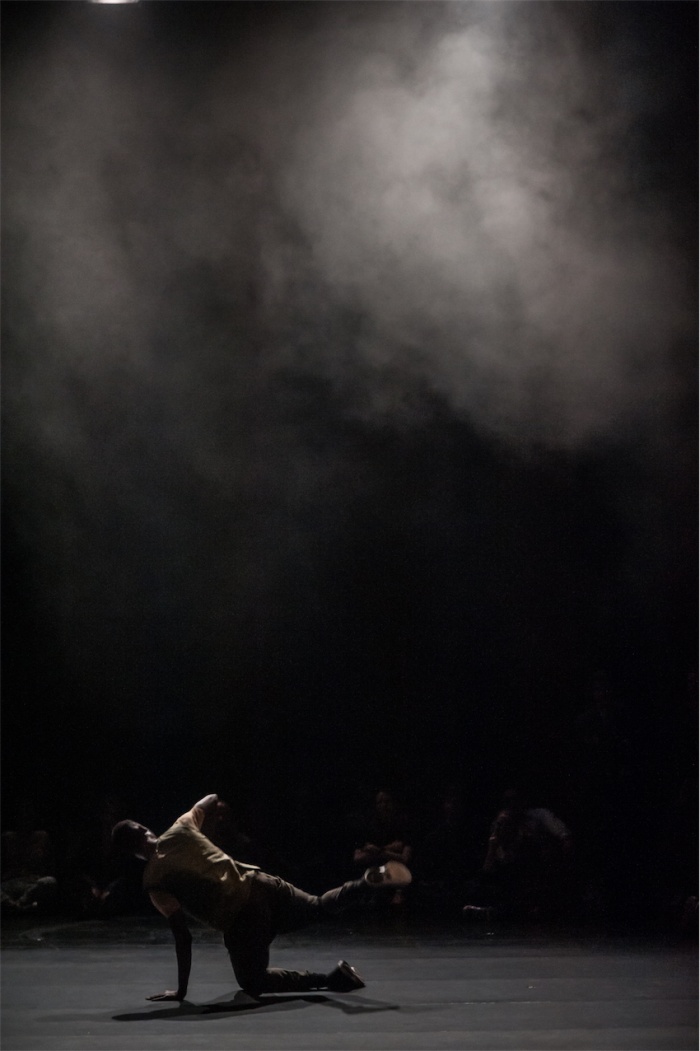
Daniela Bershan & Ula Sickle, Extended Play, 2016. Zdjęcie Bart Grietens. Za uprzejmością artystek
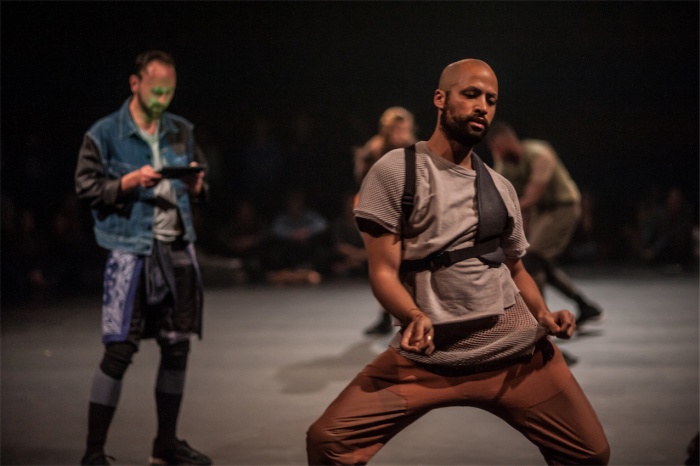
Daniela Bershan & Ula Sickle, Extended Play, 2016. Zdjęcie Bart Grietens. Dzięki uprzejmości artystek
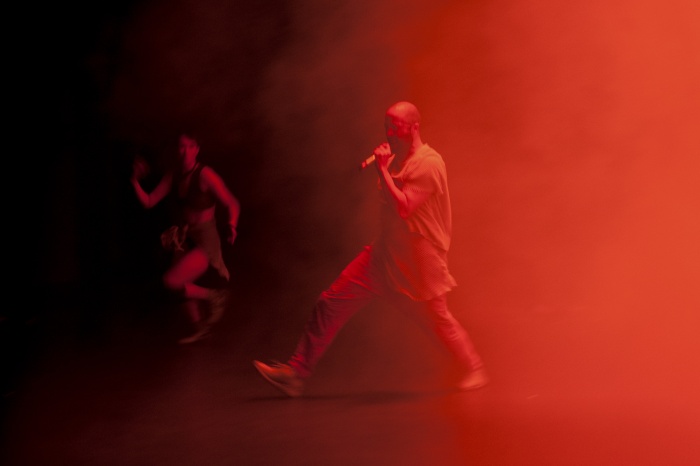
Daniela Bershan & Ula Sickle, Extended Play, 2016. Zdjęcie: (c) Els De Nil. Dzięki uprzejmości artystek
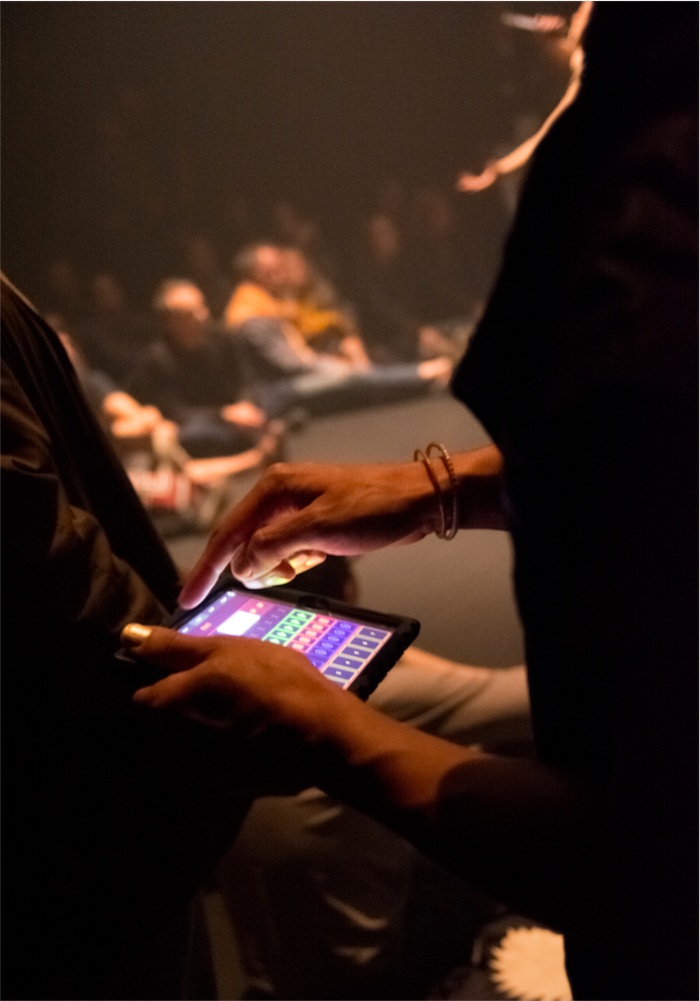
Daniela Bershan & Ula Sickle, Extended Play, 2016. Zdjęcie: (c) Stanislav Dobák. Dzięki uprzejmości artystek
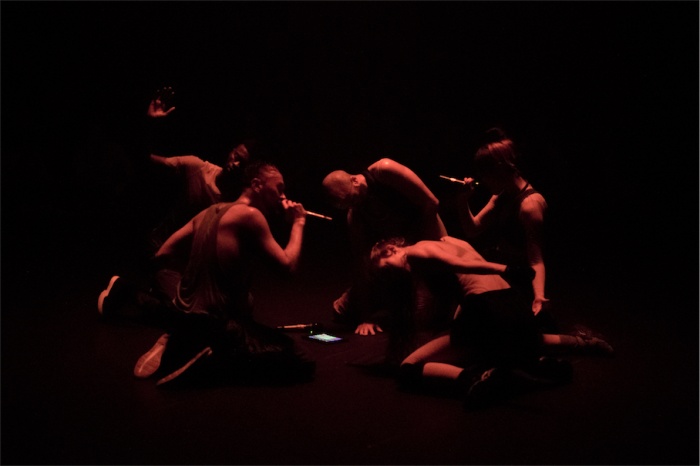
Daniela Bershan & Ula Sickle, Extended Play, 2016. Zdjęcie: (c) Stanislav Dobák. Dzięki uprzejmości artystek
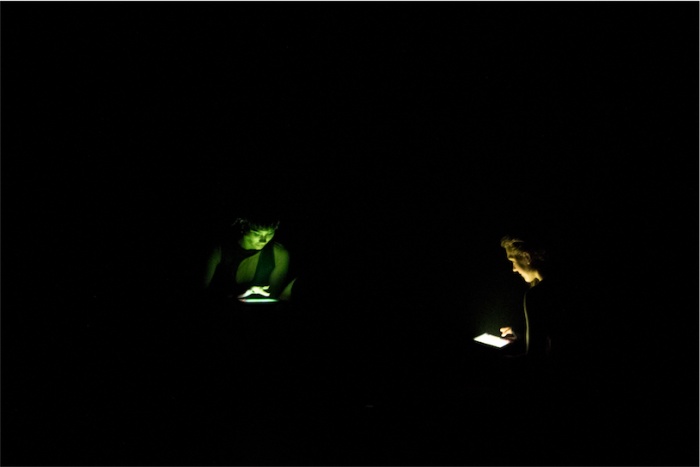
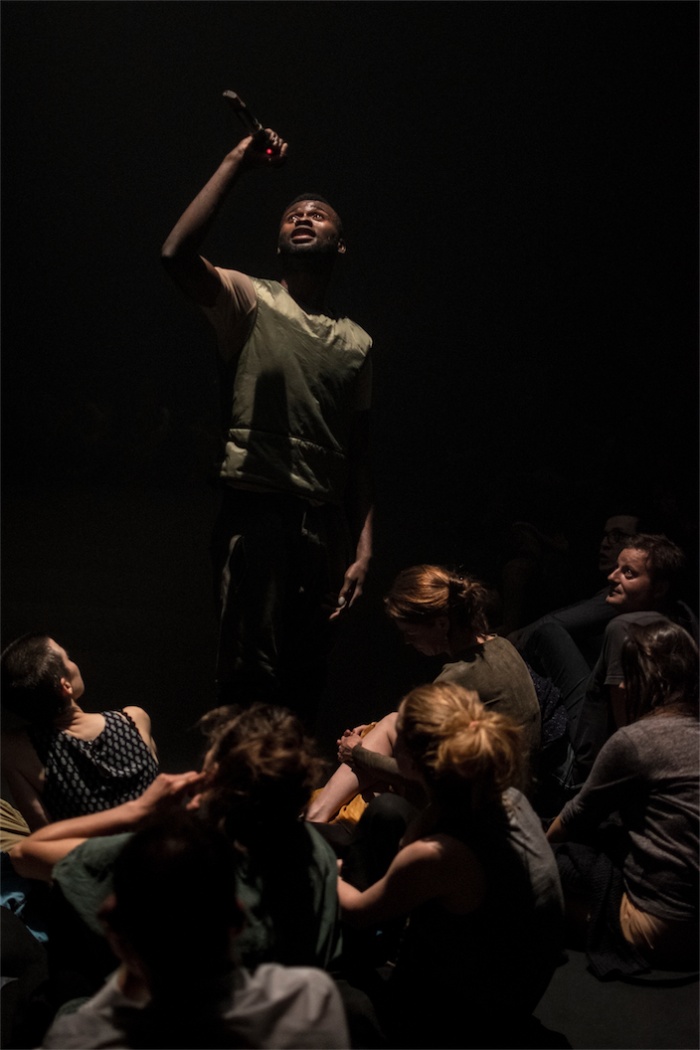
Daniela Bershan & Ula Sickle, Extended Play, 2016. Zdjęcie: (c) Stanislav Dobák. Za uprzejmością artystek
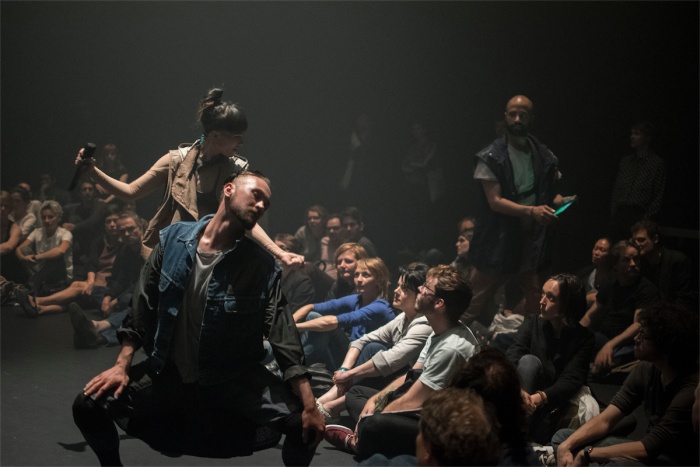
Daniela Bershan & Ula Sickle, Extended Play, 2016. Zdjęcie: (c) Stanislav Dobák. Dzięki uprzejmości artystek
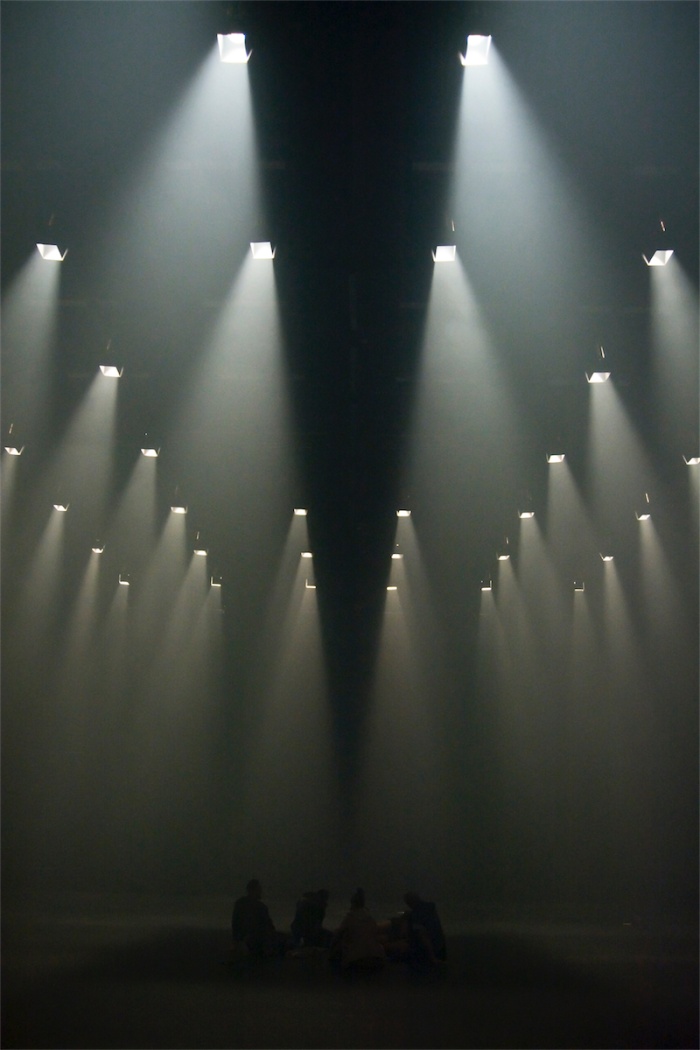
Daniela Bershan & Ula Sickle, Extended Play, 2016. Zdjęcie: (c) Stanislav Dobák. Dzięki uprzejmości artystek
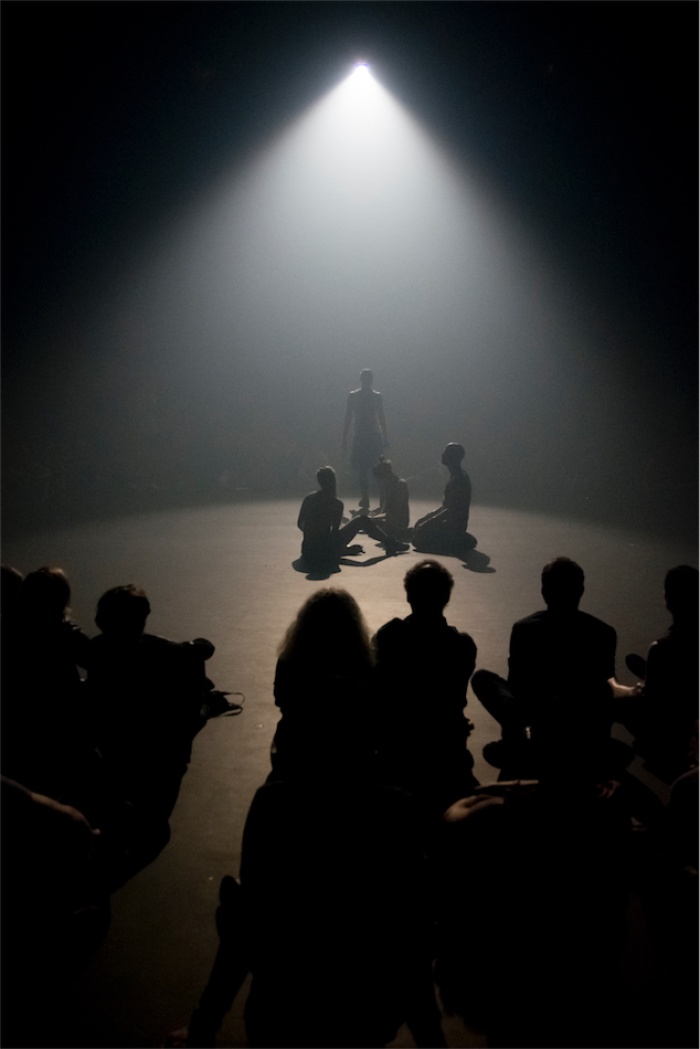
Daniela Bershan & Ula Sickle, Extended Play, 2016. Zdjęcie: (c) Stanislav Dobák. Dzięki uprzejmości artystek
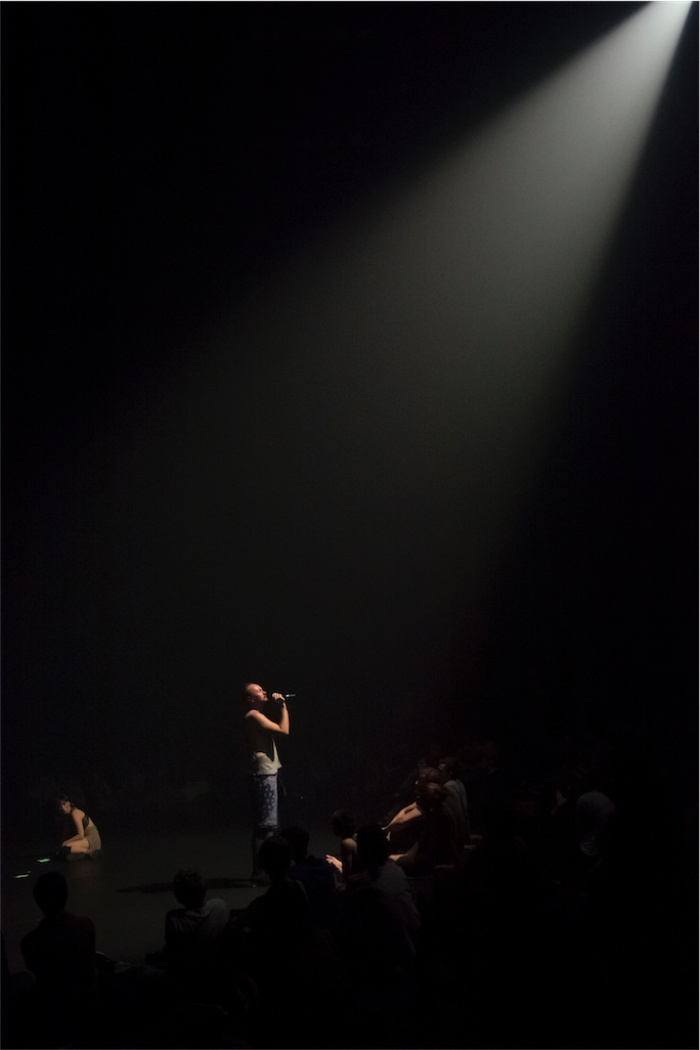
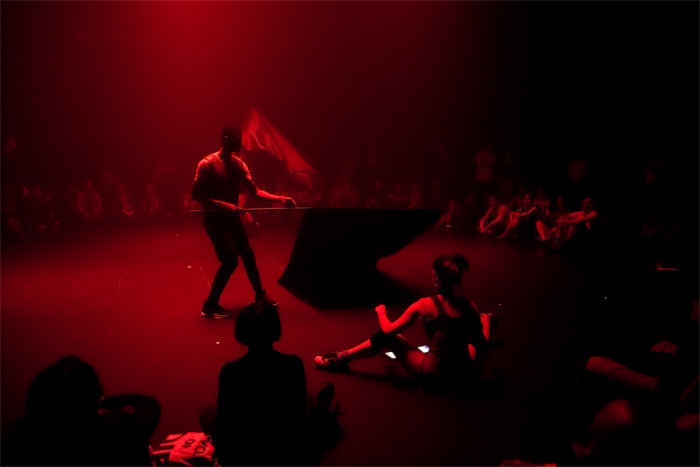
Daniela Bershan & Ula Sickle, Extended Play, 2016. Zdjęcie: (c) Stanislav Dobák. Dzięki uprzejmości artystek
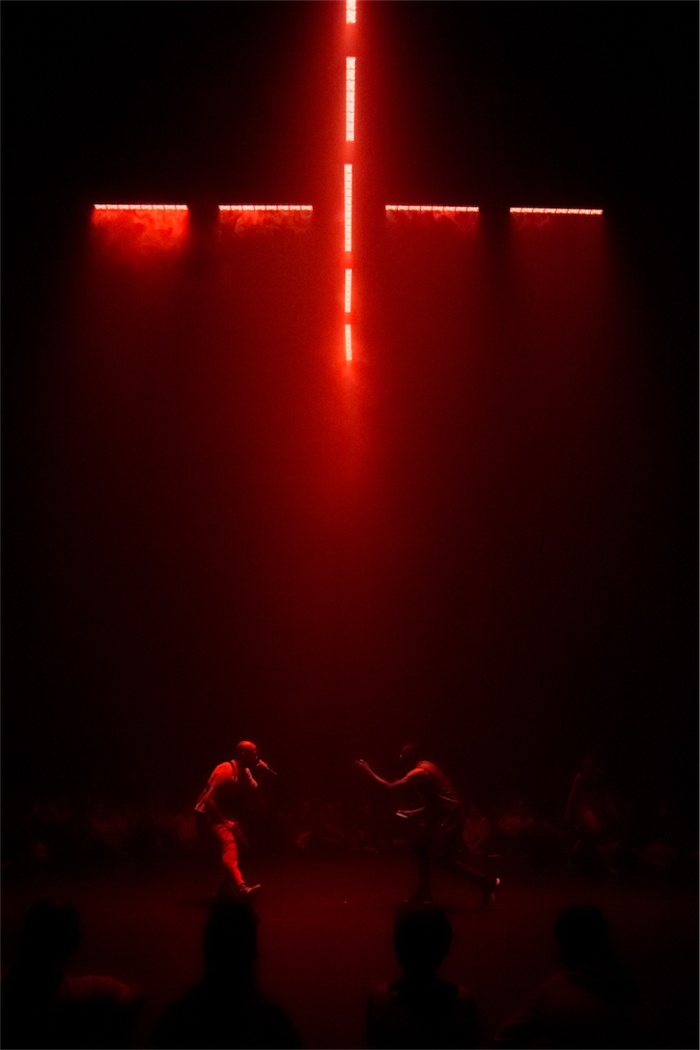
Daniela Bershan & Ula Sickle, Extended Play, 2016. Zdjęcie: (c) Stanislav Dobák. Dzięki uprzejmości artystek
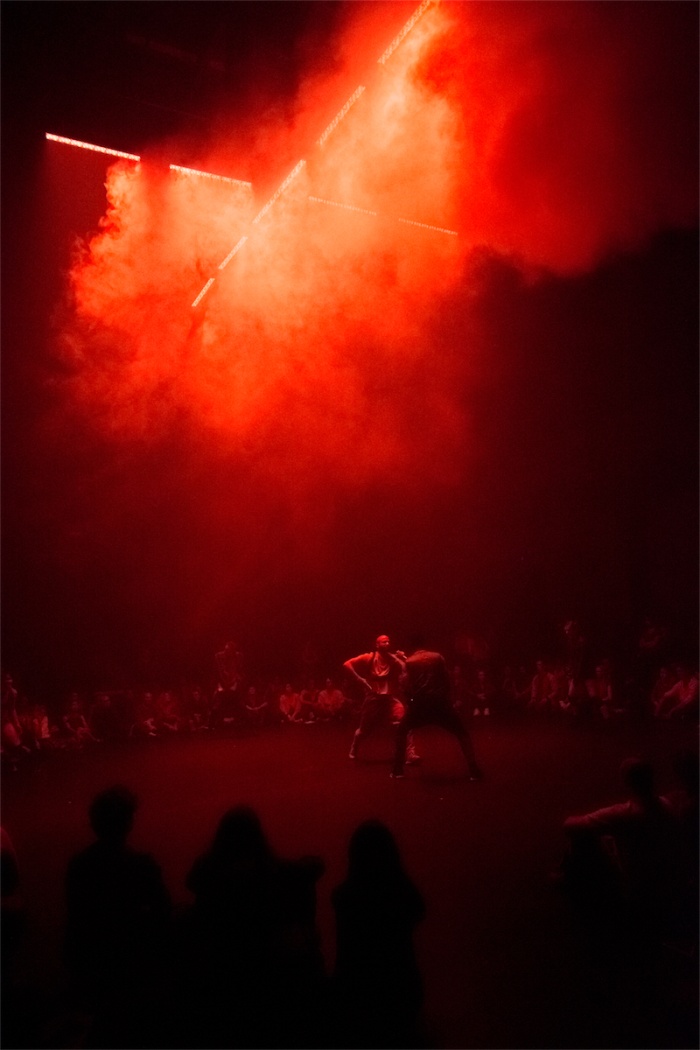
Daniela Bershan & Ula Sickle, Extended Play, 2016. Zdjęcie: (c) Stanislav Dobák. Dzięki uprzejmości artystek
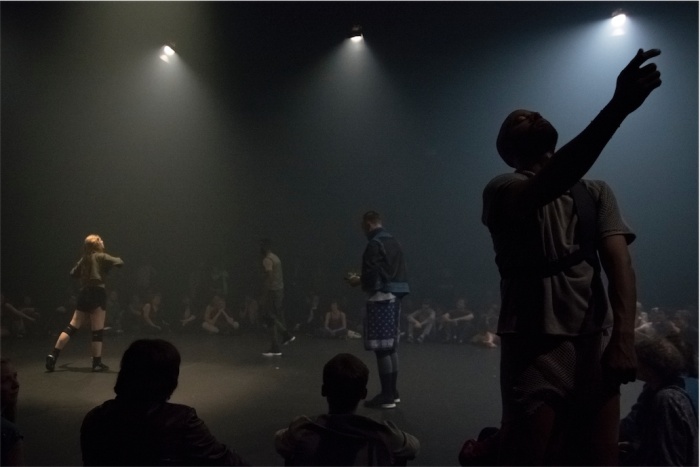
Daniela Bershan & Ula Sickle, Extended Play, 2016. Zdjęcie: (c) Stanislav Dobák. Dzięki uprzejmości artystek
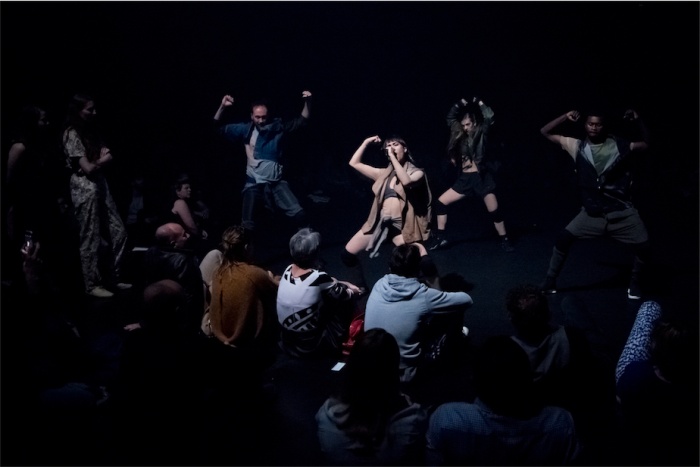
Daniela Bershan & Ula Sickle, Extended Play, 2016. Zdjęcie: (c) Stanislav Dobák. Dzięki uprzejmości artystek
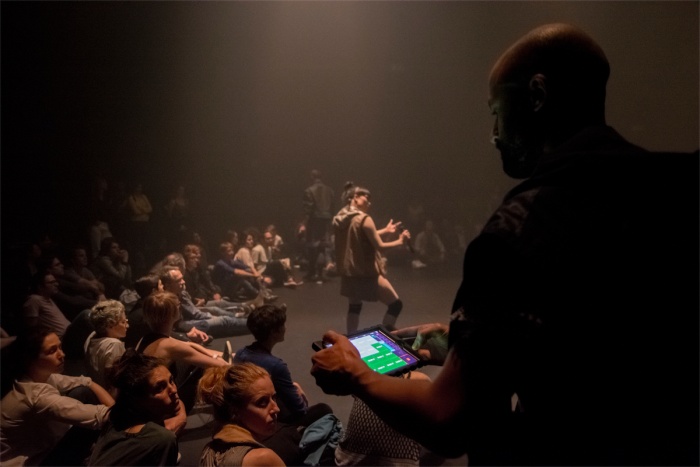
Daniela Bershan & Ula Sickle, Extended Play, 2016. Zdjęcie: (c) Els De Nil. Dzięki uprzejmości artystek
5.
Since John Austin’s How to Do Things with Words, we know that a performative utterance simultaneously says and does something. Thus the statement “I promise to be at your place tomorrow by 7 pm” is literally the production of a promise: to make a promise is to say “I promise.” “I apologize,” “I christen this ship ‘Nijinsky,’” “You are under arrest” or “Go!” are all examples of performatives. To say of a urinal or whatever kind of artefact “This is art” is also clearly a performative act with a binding or so-called perlocutionary force that varies situationally. The doing is constitutive, constructive, world-building: it adds a work of art to the existing world. Without the assertion “This is art,” the concerned artefact would remain a mundane object, or just paint on canvas, or nothing more than a series of movements. Although the phrase only seems to describe an ontological state of affairs that exists independently of the declaration (“This is art”), this presumed realness is actually the performative result of the act of naming something a work of art. Notwithstanding evident power differentials when it comes to performativity in naming an blaming within artistic field, even the most humble visitor of an exhibition of contemporary art may question the prevailing definitions, and say “This is not art” when stumbling over a Duchamp readymade, for instance.
The performative differentiation between dance and non-dance has always characterized the specification of dance’s general medium within this or that dance culture and its definitions of the danceable. However, contemporary dance precisely originates in Judson because this movement’s gestures created – in Hegelian parlance – a heightened sense of self-consciousness regarding the contingency of this foundational operation. Indeed, comparable to the visual arts, the at once difficult to acknowledge and impossible to negate possibility of self-reflexivity about the contingent nature of the basic act of naming, or not-naming, something a work of dance (art), co-defines the contemporariness of contemporary dance (art). A particular kind of socio-cultural reality is involved: an art world characterized by the simultaneously foreclosed and constantly re-affirmed capacity to recognize that every definition of the danceable is in principle groundless, possible but not conceptually or empirically necessary, and therefore devoid of an ontological rationale. Particularly this state of affairs pointing to a contingency that is impossible to transcend defines the contemporaneity of both contemporary dance and the contemporary fine arts.
Rudi Laermans
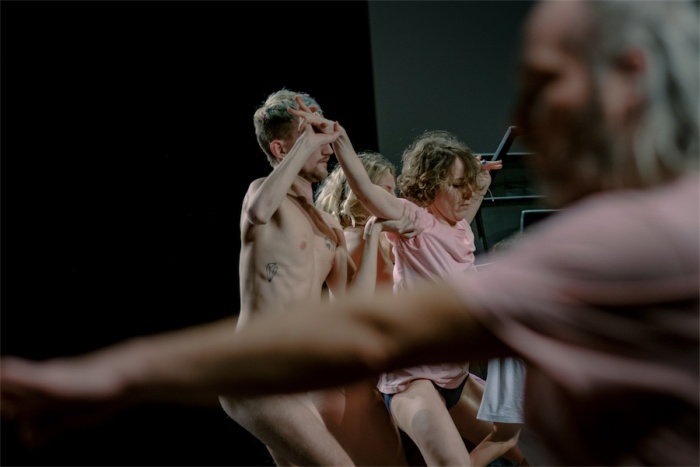
Peter Pleyer, Moving the mirror, Centrum Sztuki Współczesnej Zamek Ujazdowski. Zdjęcie: Bartosz Górka
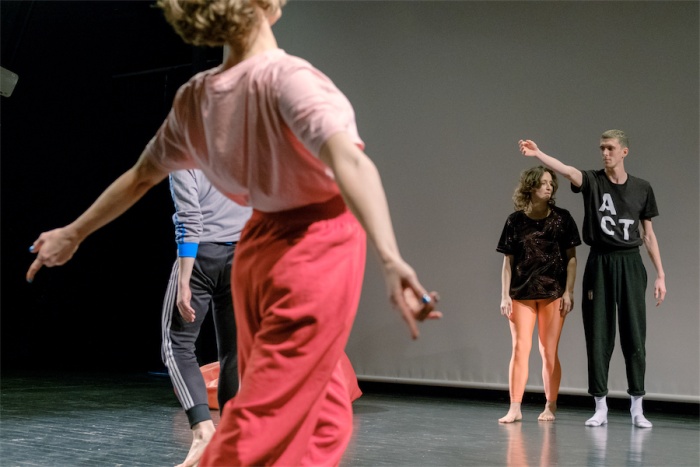
Peter Pleyer, Moving the mirror, Centrum Sztuki Współczesnej Zamek Ujazdowski. Zdjęcie: Bartosz Górka
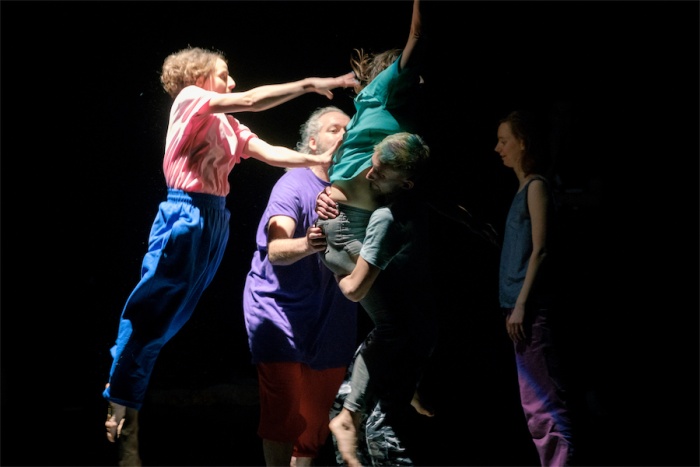
Peter Pleyer, Moving the mirror, Centrum Sztuki Współczesnej Zamek Ujazdowski. Zdjęcie: Bartosz Górka
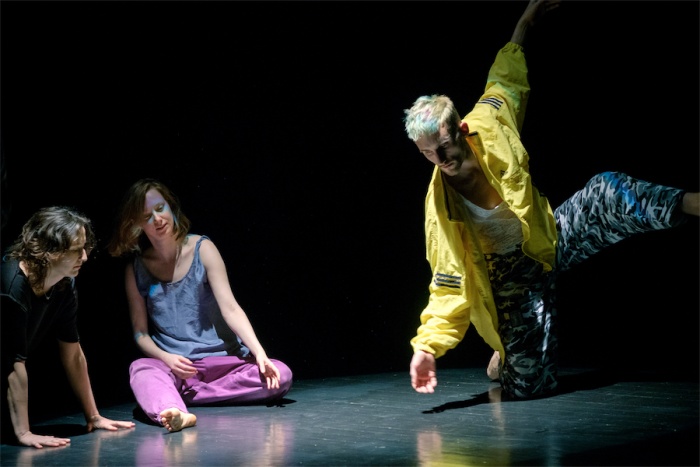
Peter Pleyer, Moving the mirror, Centrum Sztuki Współczesnej Zamek Ujazdowski. Zdjęcie: Bartosz Górka
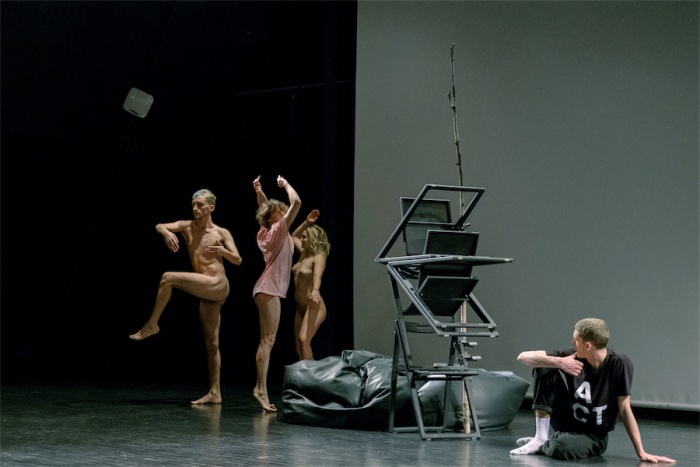
Peter Pleyer, Moving the mirror, Centrum Sztuki Współczesnej Zamek Ujazdowski. Zdjęcie: Bartosz Górka
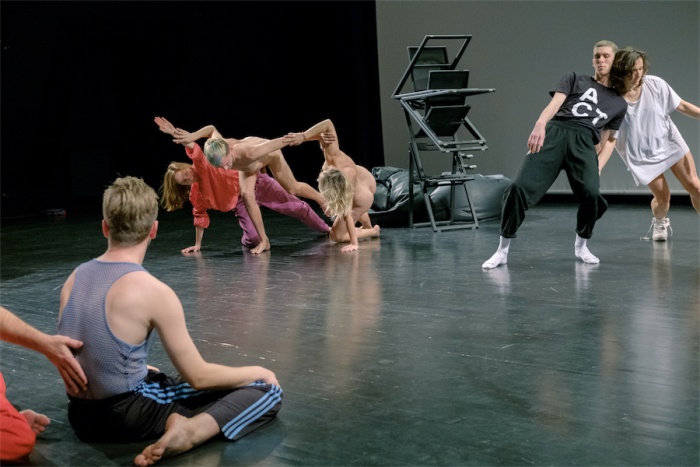
Peter Pleyer, Moving the mirror, Centrum Sztuki Współczesnej Zamek Ujazdowski. Zdjęcie: Bartosz Górka
BIO
Rudi Laermans is professor of social theory at Leuven University, Belgium, and has published widely on social and cultural theory, critical theory, and contemporary art. He has recently published Moving Together. Theorizing and Making Contemporary Dance.
Bibliographical note
The above article re-takes, mostly literally, some of the sections on Judson in the first part of Rudi Laermans, Moving Together: Theorizing and Making Contemporary Dance. Amsterdam: Valiz, 2015. My principal source is the authoritative study of Sally Banes, Democracy’s Body. Judson Dance Theater, 1962–1964. Durham: Duke University Press, 1993. In comparing Judson with the historical avant-garde in the visual arts, I primarily rely on Peter Bürger, Theory of the Avant-Garde. Minneapolis: University of Minnesota Press, 1984. Dennis Diderot’s distinction between theatricality and absorption is discussed at length in Michael Fried, Absorption and Theatricality. Painting and the Beholder in the Age of Diderot. Chicago: University of Chicago Press, 1970. Yvonne Rainer’s “‘No’ to Spectacle…” is reprinted in Alexandra Carter (ed.), The Routledge Dance Studies Reader. London: Routledge, 1998, p. 35. Jacques Rancière summarizes his ideas on “le partage du sensible” in his essay “The Distribution of the Sensible,” included in Jacques Rancière, The Politics of Aesthetics. The Distribution of the Sensible. London: Continuum, 2004, pp. 7-46. The description of Lucinda Childs’ Street Dance relies on the information given by Carrie Lambert-Beatty, Being Watched. Yvonne Rainer and the 1960s. Cambridge (Mass): MIT Press, 2008, pp. 37-38 and Nick Kaye, Postmodernism and Performance. London: Macmillan, 1994, p. 103. Arthur Danto’s quoted article “The Artworld” is reprinted in Philip Alperson (ed.), The Philosophy of the Visual Arts. Oxford: Oxford University Press, 1992, pp. 426-433 (p. 432). Thierry de Duve’s cited essay “Art Was a Proper Name” is included in Thierry de Duve, Kant after Duchamp. Cambridge (Mass.): MIT Press, 1997, pp. 3-86 (pp. 52-53). John Austin first presented his views on performative statements in the William James Lectures he delivered at Harvard University in 1955; see J.L. Austin, How to Do Things with Words, Oxford: Oxford University Press, 2009.
Cover image: Ula Sickle & Daniela Bershan, Extended Play, 2016. Photo: (c) Stanislav Dobák. Courtesy of the artists



